Description
Alstonia is evergreen fast-growing tree, that grows up to 30 m tall. The slightly rounded, leathery, dark green leaves form whorls of 4-7. And a very regular branching gives the tree a beautiful shape. Flowers are small, greenish white, very strongly scented and occurs in early winter. Scented flowers fill the night air with fragrance.The plant attracts bees & butterflies. it is favourite tree for Mynah birds to make nests.In Ayurveda it is used as a bitter and as an astringent herb for treating skin disorders, malarial fever, urticaria, chronic dysentery, diarrhea, in snake bite and for upper purification process of Panchakarma .Alstonia scholaris, commonly called blackboard tree, Scholar Tree, Milkwood or devil’s tree in English,[3] is an evergreen tropical tree in the Dogbane Family (Apocynaceae). It is native to southern China, tropical Asia (mainly the Indian subcontinent and Southeast Asia)and Australasia, where it is a common ornamental plant. It is a toxic plant, but is used traditionally for myriad diseases and complaints. The wood of Alstonia scholaris has been recommended for the manufacture of pencils, as it is suitable in nature and the tree grows rapidly and is easy to cultivate. In Sri Lanka its light wood was used for coffins. The wood close to the root is very light and of white colour, and in Borneo was used for net floats, household utensils, trenchers, corks, etc. In Theravada Buddhism, the first Buddha is said to have used Alstonia scholaris as the tree for achieving enlightenment.The 1889 book The Useful Native Plants of Australia states that “the powerfully bitter bark of this tree is used by the natives of India in bowel complaints (Treasury of Botany). It has proved a valuable remedy in chronic diarrhoea and the advanced stages of dysentery. It has also been found effectual in restoring the tone of the stomach and of the system generally in debility after fevers and other exhausting diseases (Pharmacopoeia of India). It is described in the Pharmacopoeia of India as an astringent tonic, anthelmintic, and antiperiodic. It is held in the highest repute in the Phillippine Islands Despite its widespread traditional use as an ‘antiperiodic’ (a medicine which was supposed to cure the effects of malaria), however, it was found to have little to very weak activity against Plasmodium falciparum. It had no effect against Giardia intestinalis, and weak effect against Entamoeba histolytica, which both cause diarrhea


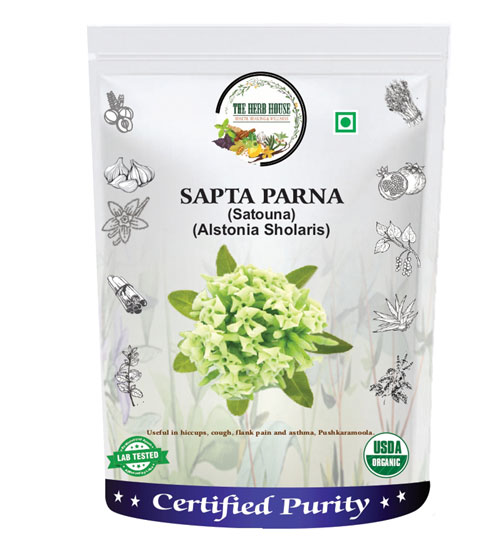
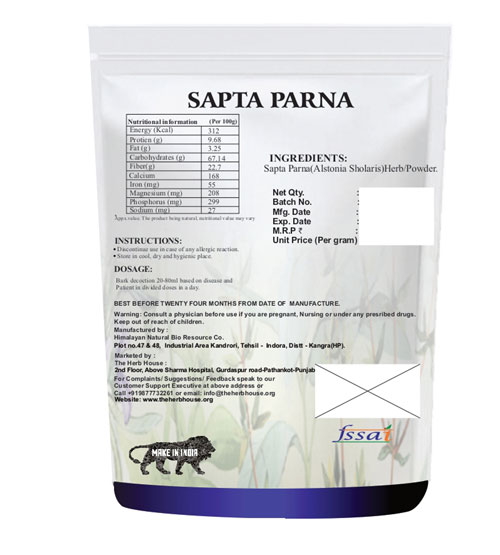
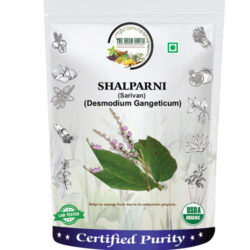
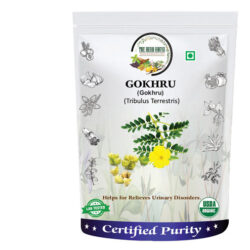

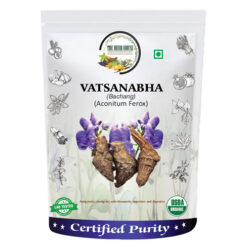
Reviews
There are no reviews yet.